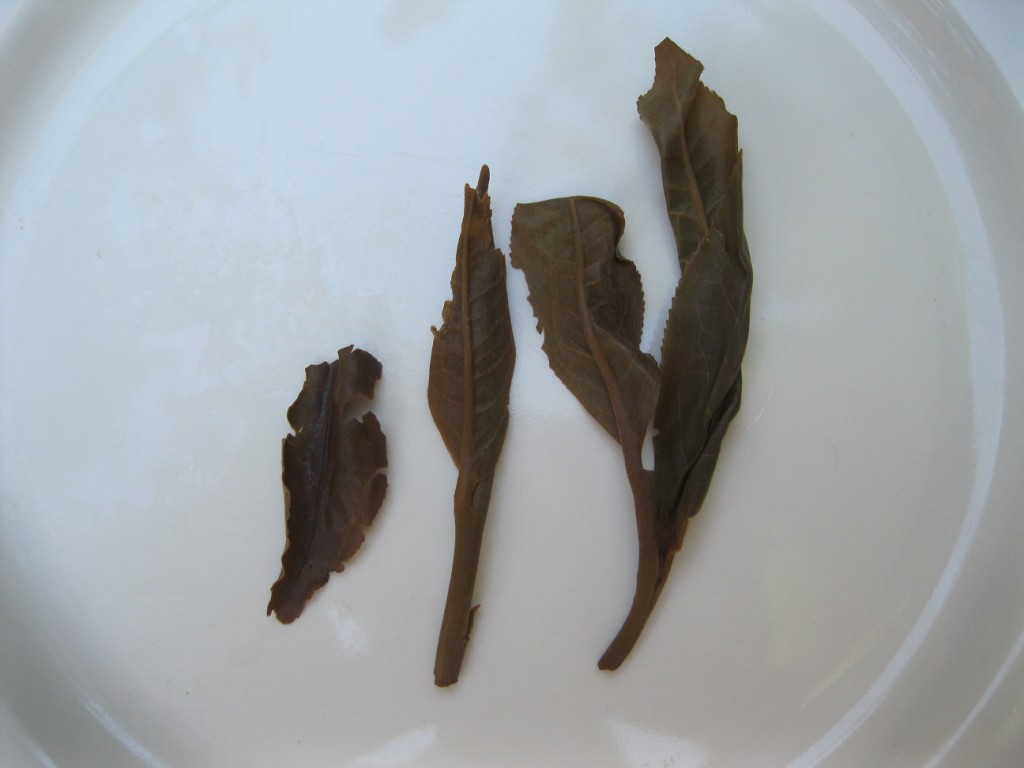Revisiting ’14 Ge Deng Dragon Pearl
The ’14 Gedeng Dragon Pearl is nothing worth writing home about. Frankly, the taste is rather bland and when pushed, there’s an undesirable measure of bitterness that I can do without. What stands out in its favour is a squinch of huigan and a building aftertaste that is pleasingly astringent with light honeydew notes. That effect lasts for the better part of 10 minutes. There is also a light pleasant aroma that vanishes in an instant. The broth is on the thin side.
Of course, we all have different takes on things. After about 10 infusions (one that had been pushed) and after finishing up with an acupuncture session, I gave a cup of this Gedeng to a patient, an avid tea lover. At the first sip she raved. She had just mentioned something about a disappointing experience at her local tea shop, because the production lacked body and what she liked about this Gedeng was its body and character. I was rather surprised. We had three pots and it doesn’t seem anywhere near running out of gas– nor does it bottom out, meaning that it doesn’t start to turn flat or metallic. The fruitiness is sustained in a demur way. It’s autumn tea.
Gedeng is one of Six Great Tea Mountains thus designated during the Qing Dynasty (1644-1911). This production possesses the classic attributes of Yiwu-region material, genteel and essentially not bitter with an intriguing huigan and aftertaste. It performs best when brewed at around 200 degrees and infused about 15s. This 8g Dragon Pearl was brewed in a 150ml ceramic pot. This is a true easy drinker but one that will not leave much of a lasting impression. The leaves nevertheless have been carefully picked and crafted. The price reflects the craft and traditional reputation of the region. Worthy of sampling for one seeking to learn more about Yiwu or who prefers more zen-like productions.


